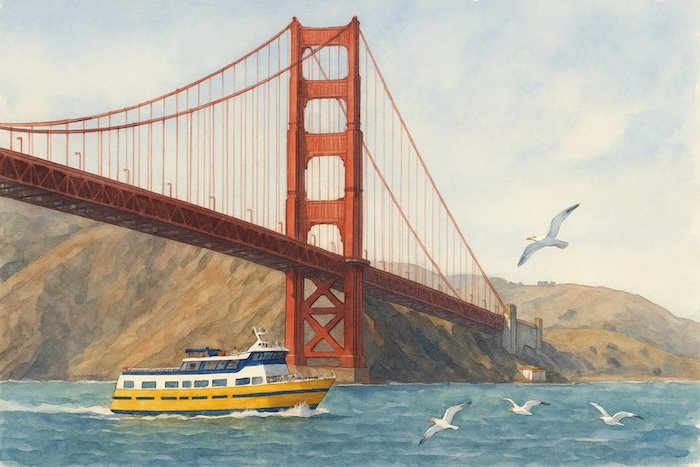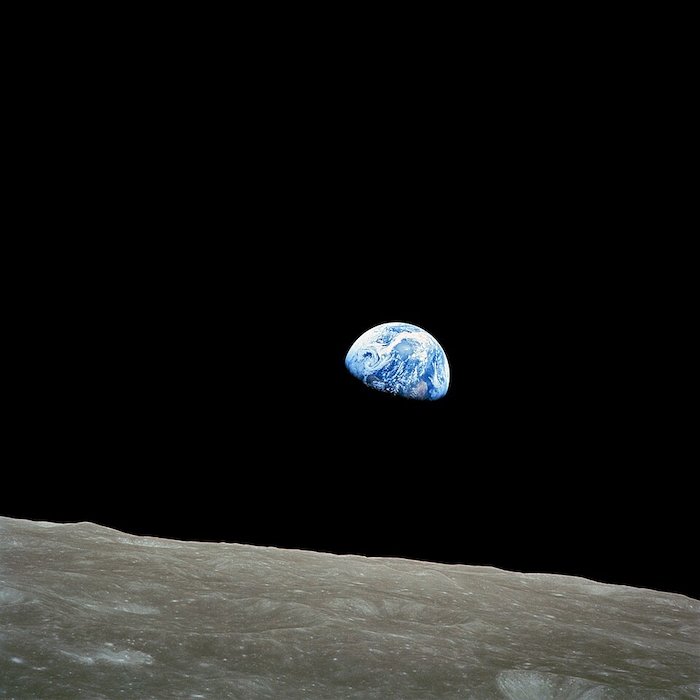Stop Telling Single People to Get Married – Peter McGraw at TEDxBoulder
We would like to think that all the decisions we make are of our own choosing. They are, to some extent, of course, but oftentimes social norms have a way of creeping into the equation. We do something because everyone else is doing it, or our friends and family expect us to. Sometimes it’s related to our culture, or our religion.
Marriage has a way of falling into this trap. In his recent talk from TEDxBoulder, Stop Telling Single People to Get Married, Peter McGraw walks us through the changing social norm of getting hitched, and offers us a new way to look at the concept of significant other.
The solo movement, where being single isn’t just tolerated, it’s celebrated. Not less than, not better, just a different path filled with opportunities to live remarkably.
His talk includes a number of beautifully humorous moments (it’s a lesson unto itself) but beyond the laughter, Peter provides us with a brief history lesson on how the cultural norms of marriage have changed over time. And as with most social paradigms, it’s complex.
The story of the rise of singles is the story of the rise of women.
Impactful talks are always about shifting our perspective, so Peter offers some suggestions as to how we can view the solo life on equal footing with marriage.
- Expand the concept of “significant other” to include family, friends, and chosen family, recognizing the importance of diverse social connections.
- Advocate for “family of one” policies, like those in Sweden, that provide a social safety net (healthcare, education, caregiving support) to all citizens individually, regardless of marital status.
- Elevate single living to be on par with married living, recognizing it as a different, equally valid path to a remarkable life.
As you listen to Peter’s talk and read through the transcript, notice how he’s taken us on a journey that is both personal and, at the same time, universal.
Watch as he turns the spotlight from himself to the world at large, then over to the audience. We always want to know what’s next, where the story is heading. And we learn something along the way.
Transcript
My not so subtle request: Stop telling single people to get married.
20 years ago, I threw myself a bachelor party as a new professor at CU Boulder. Backs were slapped, stories were shared, glasses clinked. But there was a hitch: I wasn’t getting hitched.
My rationale, without a wedding in sight, why do married folks get to have all the fun?
Unbeknownst to me, that night I joined a movement. The solo movement, where being single isn’t just tolerated, it’s celebrated. Not less than, not better, just a different path filled with opportunities to live remarkably.
In 1960, 90% of adults in the United States would go on to get married. Today, 50% of adults in the US are unmarried. 25% of millennials are projected to never marry. And don’t get me started on what’s happening with Gen Z.
Yet, we still live in a world built for two. Married people have access to over 1,000 legal advantages unavailable to singles: tax breaks, social security benefits.
Singles invest heavily in marital milestones. This made sense when everyone got married. But for us lifelong singles, we have to buy our own crockpots.
And then there’s Aunt Sally, who keeps asking, “So, is there anyone special?” How many of us have an Aunt Sally?
Lately, a chorus of media voices have traded Aunt Sally’s question for a prescription: Get Married. You don’t believe me? There’s a book called Get Married. And it came out, of course, on Valentine’s Day.
The “Get Married” advocates like to point to data that show that married people report higher life satisfaction than single people. Their conclusion: Get married and get happy. Your bonus: you get to save civilization.
Now, you might be wondering, and the answer is no, I’m not anti-marriage. I’ve even had a couple near misses.
But I am against over-prescribing marriage based on correlational data that the “Get Married” crowd is a little too wedded to. Any serious scientist who looks at these data comes to the same conclusion: that is, the people who get married are already slightly happier to begin with.
But there is a happiness effect in the data. There’s a wedding day bump. But it fades fast. For 30K a pop, the average US wedding, at that cost, you can take 15 vacations. Without your in-laws.
But here’s the real puzzle. And it’s one that the “Get Married” crowd can’t answer. And that is this: If getting married makes you happy, why is it that the happiest places on Earth feature the most people going solo? This is especially the case in Scandinavia.
I say, rather than treating the rise of singles as a bug, let’s treat it as a feature. A feature of progress, especially for women.
The arranged marriage was invented 4,400 years ago in order to form business alliances during harsh agrarian times. Women were treated more like property than partners, with a husband receiving ownership from the father at the altar. Thankfully, today, marriage is more about love, and it’s increasingly optional.
The story of the rise of singles is the story of the rise of women. And it really got rolling with the invention of the spinning wheel. The spinsters who used it could earn their own money and escape being owned by a husband or a father.
With the invention of birth control and greater access to education and economic opportunities, “I do” is becoming, “Do I?”
The spinsters of yesterday and the cat ladies of today are not old maids. They’re trailblazers, pioneers of independence.
Urbanization, apartments, and the home appliances that were invented for housewives are spurring a huge increase in people living alone, especially in cities like Stockholm.
Intrigued by these happy Scandinavians, I swapped out my Stetson for an Indiana Jones style fedora and headed to Sweden, a global leader in gender equality. And I found lots of one-bedroom apartments filled with singles, some by choice, some by chance, but living rich, interconnected, remarkable lives.
So let’s dispense with the calls to get married. They’re either already preaching to the choir or shouting into the wind. There are the “someday” singles. They’re looking for their person, sometimes waiting hopelessly. The “just may” singles are open to possibilities, the hopeful romantics. But of single adults in the United States, half have other priorities.
They’re not looking for love or lust, whether for now or forever. And they’re channeling their time and their energy and their intention into education, building businesses, creating art. For many singles, they live meaningful lives. Singles give more time. They’re more likely to care for elderly parents and disabled friends, more so than their non-single counterparts.
So what should we tell single people rather than get married? Let’s start by expanding the concept of significant other. It originally included family and deep friendships, including family of choice. Indeed, science shows that social connections broadly predict life satisfaction.
I’ve never put a ring on a finger, but I have significant others. They are my brothers and sisters in the solo community around the world. There’s my brother from another mother, Darwin, who’s taught me more about unconditional love than any lover has. And here tonight is my soul sister, Julie, who was at my bachelor party 20 years ago. I love you, Julie.
Next, let’s advocate for policies that support a family of one. Sweden’s social safety net is given to all citizens individually: universal healthcare, free or low-cost education, affordable childcare, and eldercare. No spouse required. Amen.
And lastly, let’s elevate single living to be on par with married living. Not better, not worse, just a different path filled with opportunities to live remarkably.
I always thought that there was something wrong with me for not wanting to get married. The prospect of it felt like I would be wearing an ill-fitting suit, or worse, a straitjacket.
Now, don’t get me wrong, I have plenty of problems. There’s a lot of things wrong with me. But putting a ring on it is not going to solve my problems.
And as I was nursing a broken heart after one of my near misses, it hit me: I’m not half waiting for a whole. I’m wholehearted. I’m complete, I’m healthy, I’m financially stable, I do meaningful work, I have a wide and deep connected group of friends. I feel wholehearted, and I hope you do too.
In the end, there is no one remarkable life. There are remarkable lives. And no amount of pearl clutching or calls to get married are going to drag us back to the good old days, which, to be honest, weren’t that good to begin with.
Someday, single living and married living will stand side by side, equal. In the meantime, the solo movement has a big tent. Never married? Divorced? Separated? Widowed? Welcome. We celebrate you and our married allies.
The future is about options, not prescriptions. So let’s toast to a world that honors both the choice to settle down or go solo.
Cheers.
◆
◆
contact me to discuss your storytelling goals!
◆
Subscribe to the newsletter for the latest updates!
Copyright Storytelling with Impact® – All rights reserved






